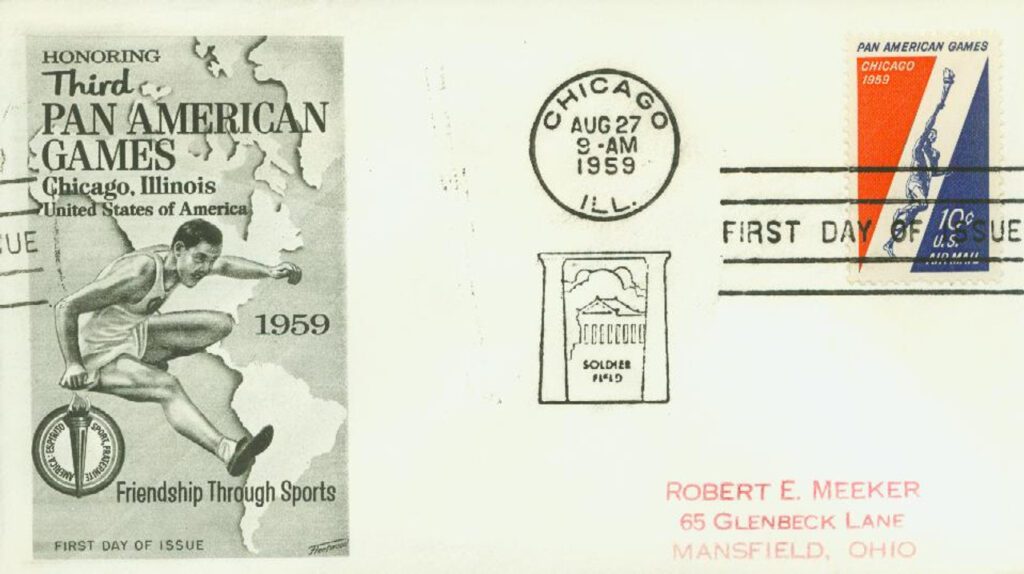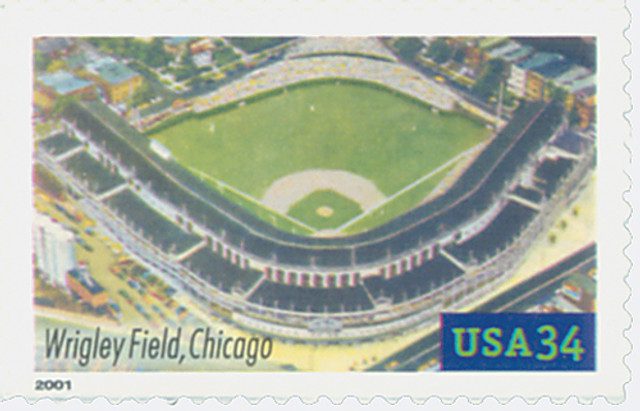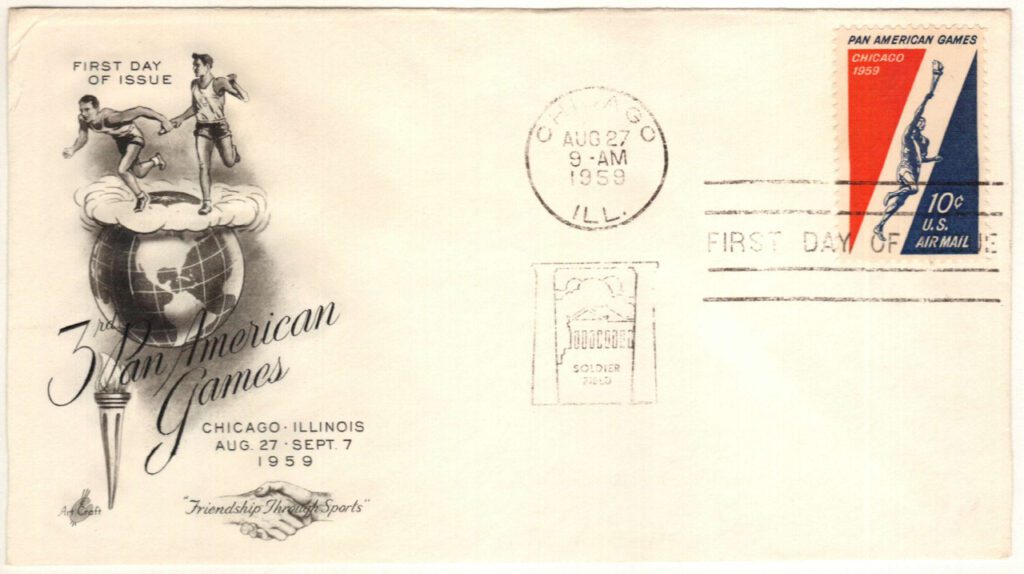
On August 27, 1959, the third Pan-American Games officially opened in Chicago, Illinois. These were the first Pan-Am Games held in the United States.
Held every four years, the Pan-Am Games are a multi-sport event between athletes from North and South America and the Caribbean. Modeled after the Olympic Games, the Pan-Am Games were first held in Buenos Aires, Argentina, in 1951 and then in Mexico City in 1955. By the time they reached Chicago, they had already become a prestigious event, offering athletes a chance to compete internationally and countries an opportunity to showcase their athletic programs.
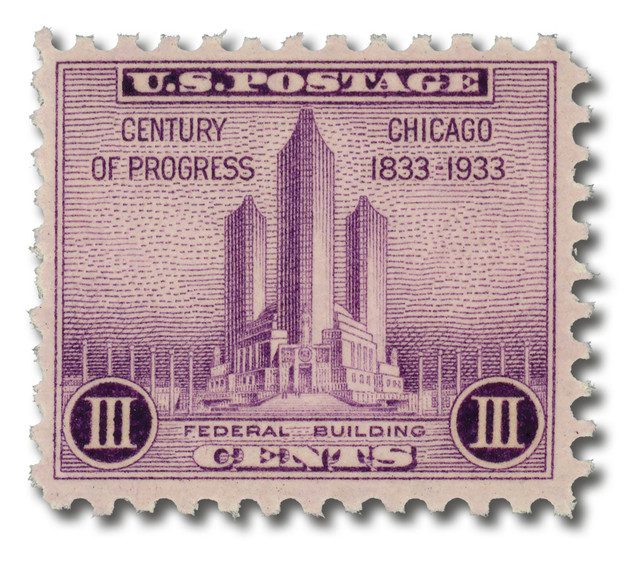
The selection of Chicago as the host city was both symbolic and practical. The United States had been an important supporter of the Pan-Am Games, and by the late 1950s it was felt that an American city should host. Chicago’s location in the Midwest, combined with its reputation as a major cultural and transportation hub, made it a strong candidate. The city also had experience hosting large-scale events, such as the 1933–34 Century of Progress World’s Fair, and was home to many modern sports facilities. When the Pan-American Sports Organization decided in 1955 to award the 1959 Games to Chicago, the city immediately began preparations to welcome athletes and visitors from across the hemisphere.
The opening ceremony, held on August 27, 1959, was one of the most memorable moments of the Games. Soldier Field, Chicago’s massive lakefront stadium, was filled with around 40,000 spectators eager to see the pageantry. The event was designed to mirror the grandeur of the Olympic Games, complete with a parade of nations. Athletes marched into the stadium carrying their national flags, greeted by cheers from the crowd. President Dwight D. Eisenhower had originally planned to attend the opening, but he was away on a diplomatic trip to Europe at the time. In his place, his brother, Dr. Milton S. Eisenhower, represented him at the ceremony. The Games were formally declared open by Chicago’s mayor, Richard J. Daley. An Olympic-style torch relay, first introduced at the 1951 Games, culminated with the lighting of the flame, symbolizing the start of competition. The combination of patriotic music, colorful displays, and the presence of international athletes created a sense of excitement and pride for both Chicago and the United States.

The Games lasted for about two weeks and featured 2,263 athletes from 25 countries. They competed in 18 different sports, ranging from track and field to swimming, boxing, gymnastics, baseball, and fencing. Most events were held at Soldier Field, Wrigley Field, and the University of Chicago, with additional competitions staged at other venues around the city. Chicago’s wide range of athletic facilities made it possible to accommodate so many different events in a relatively compact area.
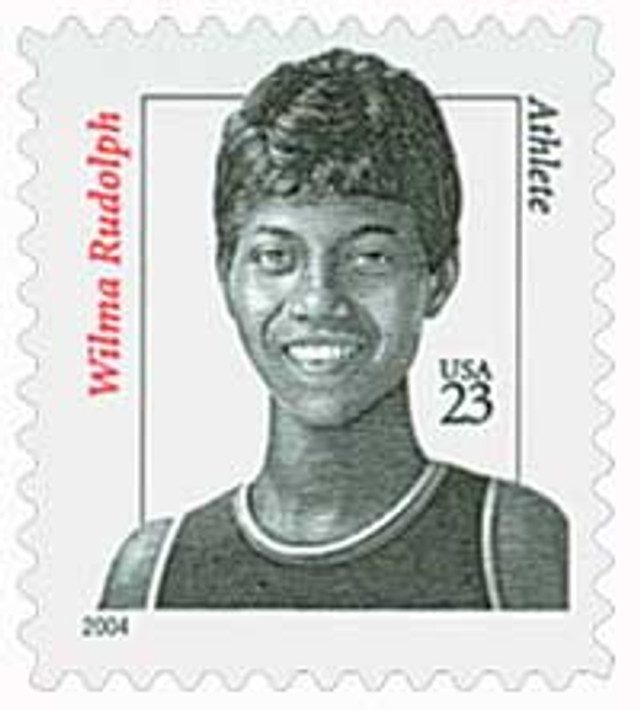
American athletes dominated many of the competitions, as expected, but there were also outstanding performances from other countries. In track and field, the United States collected many medals, but Cuban athletes, particularly in the longer-distance races, earned respect and attention. One of the most notable stars was Wilma Rudolph, a young American sprinter who had overcome childhood polio. She ran in the Pan-Am Games as a teenager and won a silver medal in the 4×100 meter relay, foreshadowing her incredible success at the 1960 Rome Olympics, where she would win three gold medals. Her appearance in Chicago marked the beginning of her rise to international fame.
Swimming was another highlight of the Games, with American and Canadian athletes performing strongly. American swimmers set new records and dominated many of the races, helping to boost the overall medal count for the host country. Baseball, a sport especially beloved in both the United States and Latin America, also drew significant crowds. The competition reflected the shared cultural ties of the hemisphere, with teams from Cuba, Puerto Rico, and the US showcasing their talent.
Boxing was another event of special interest, with fighters from Mexico, Argentina, and Cuba making strong showings. These matches often drew passionate support from fans in Chicago, many of whom came from immigrant communities that identified strongly with the athletes of their homelands. This gave the Games a unique atmosphere, as the cheers from the crowd reflected not only sporting enthusiasm but also cultural pride.
Since 1959, the Pan-American Games have continued to be held every four years in various cities across the Americas. They have grown in scale, now featuring more than 40 sports and thousands of athletes. The Games have yet to return to Chicago, but the US later hosted in Indianapolis in 1987.
| FREE printable This Day in History album pages Download a PDF of today’s article. Get a binder or other supplies to create your This Day in History album. |
Discover what else happened on This Day in History.

